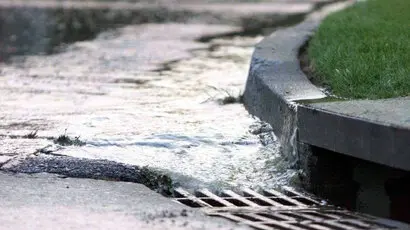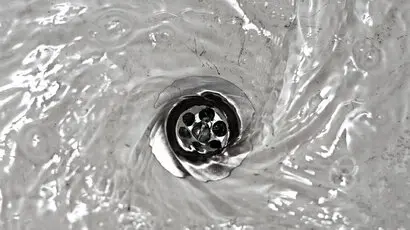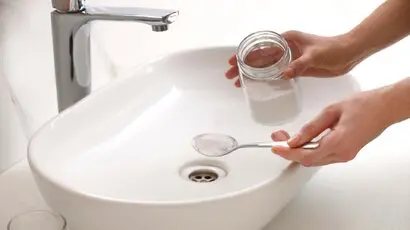How To Fix Smelly Bathroom Drains
Not sure how to deal with smelly bathroom drains? Don’t be embarrassed by an unpleasant odour in your bathroom. Follow our DIY guide to eradicate smelly drains at home.
A bathroom is a place where you relax and rejuvenate.
Sweet scents can lift our spirits and help us relax during a bath. Interestingly, studies suggest that those who indulge in aromatherapy and relaxing baths often experience significantly lower stress levels compared to those who don’t.
But it can all go downhill if you have leaky and smelly drains. They ruin a bathroom’s clean and cozy vibe, making it highly uncomfortable. So, it would be best to look out for these dirty smells and eliminate them.
Don’t ignore foul-smelling bathroom drains; they could signal a deeper drainage issue. Today, we’ll explore effective methods to tackle and prevent smelly drains. Ready to dive in? Let’s get started on freshening up your drains!
Before we treat the smelly drains, let’s examine the reasons behind the problem. Finding solutions to stinky drain smells is much more effective after learning the root cause of the issue.
Bathroom drains can stink for several reasons, and a few of them are:
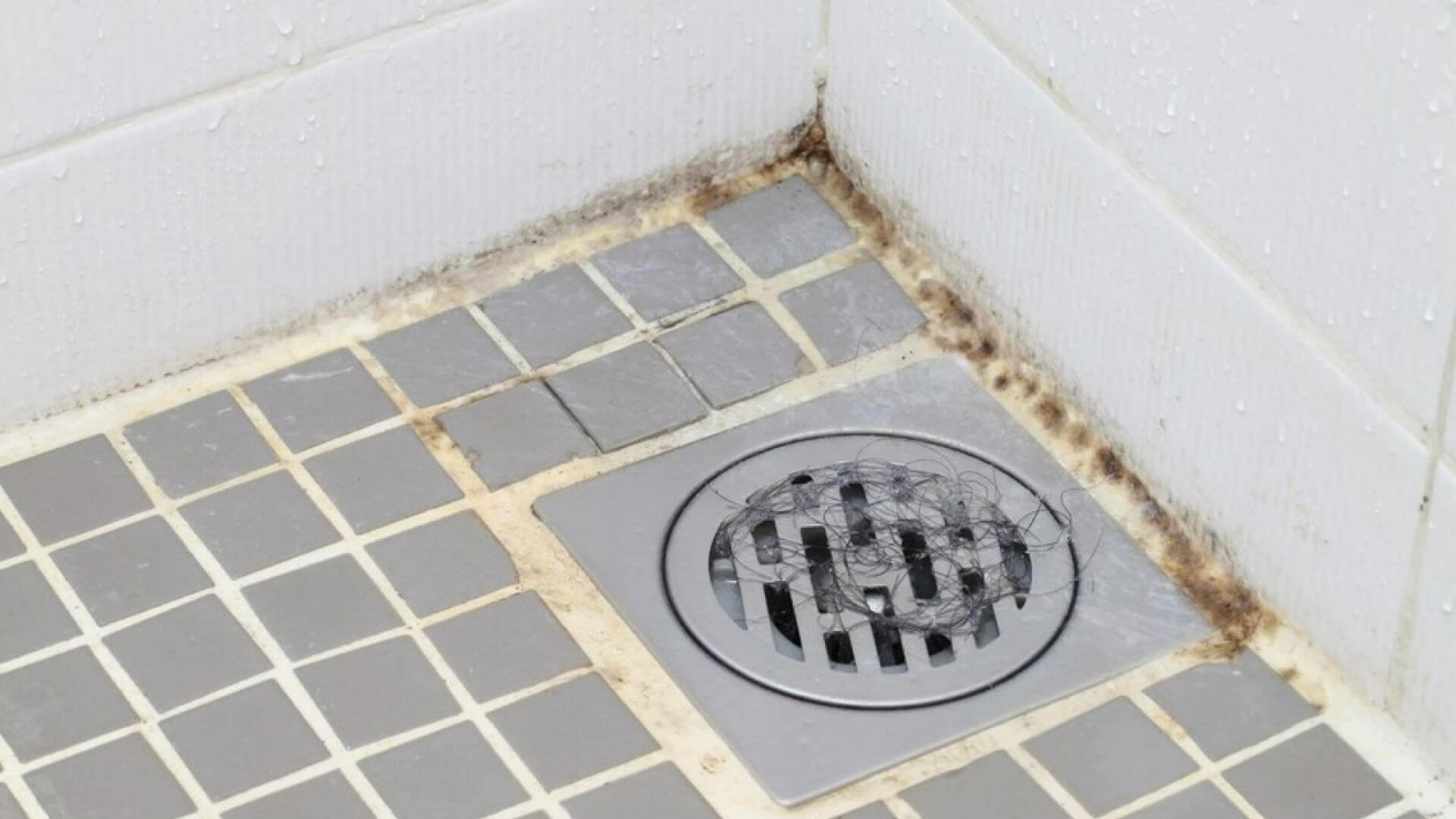
Try smelling around the drains in your bathroom. We know it’ll be gross, but you’ll have to bear with it if you want to get to the heart of the situation. If you smell a musty odour, mould grows actively in your pipes.
Mould colonies give off spores that release small, musty-smelling puffs. Breathing in this unpleasant odour can negatively impact your health, leading to nausea, dizziness, and headaches. Check areas like your bathroom sink, drain pipes, and drain plug for any signs.
A biofilm is a layer of accumulated debris, non-biodegradable clogging and pathogenic growth. Bacterial colonies release sticky glue-like mucilaginous fluids that are adhesive between the debris and drains.
You can test the presence of a biofilm by running your shower water for two to three minutes. Be aware of whether the water flow is normal or low pressure. It may indicate a clogged drain.
Also, the smell of such biological clogging is usually like rotten eggs. Such pathogens and decomposing debris build-up can become a breeding spot for several waterborne diseases. That’s why you shouldn’t take smelly drains lightly.
If your taps are working fine and there is no change in the water flow and pressure, you may still be able to sense that rotten egg stink or sewer smell. This happens when sewer gasses escape from the pipelines.
Also known as hydrogen sulphide, these gases indicate the possibility of blockages or damage in your drainage system. The amount of sewer gas, aka hydrogen sulphide, that escapes from drains doesn’t impact health but makes the living space uncomfortable.
Drains usually have a P-trap structure, a barrier between air and water transported through the drains. Due to a broken or absent P-trap, the gases might enter the drainage system.
Also, sewer backup or trouble in the mainline might contribute to the problem.
Drains are designed to prevent sewer gases and air from entering the network. They have a system of vents, which are interconnected with all the house’s drains and open on the terrace.
Moreover, they carry all the air and release them through the opening. If the air vents or the grates at their opening get clogged due to dust and debris, the gases can enter the drain system, causing them to gurgle and give off a musty smell.
Hence, it is essential to get the vents tested every once.
We discussed the main reason that can lead to smelly drains. Let’s look at tips for cleaning drains and eradicating drain smells, so keep reading.
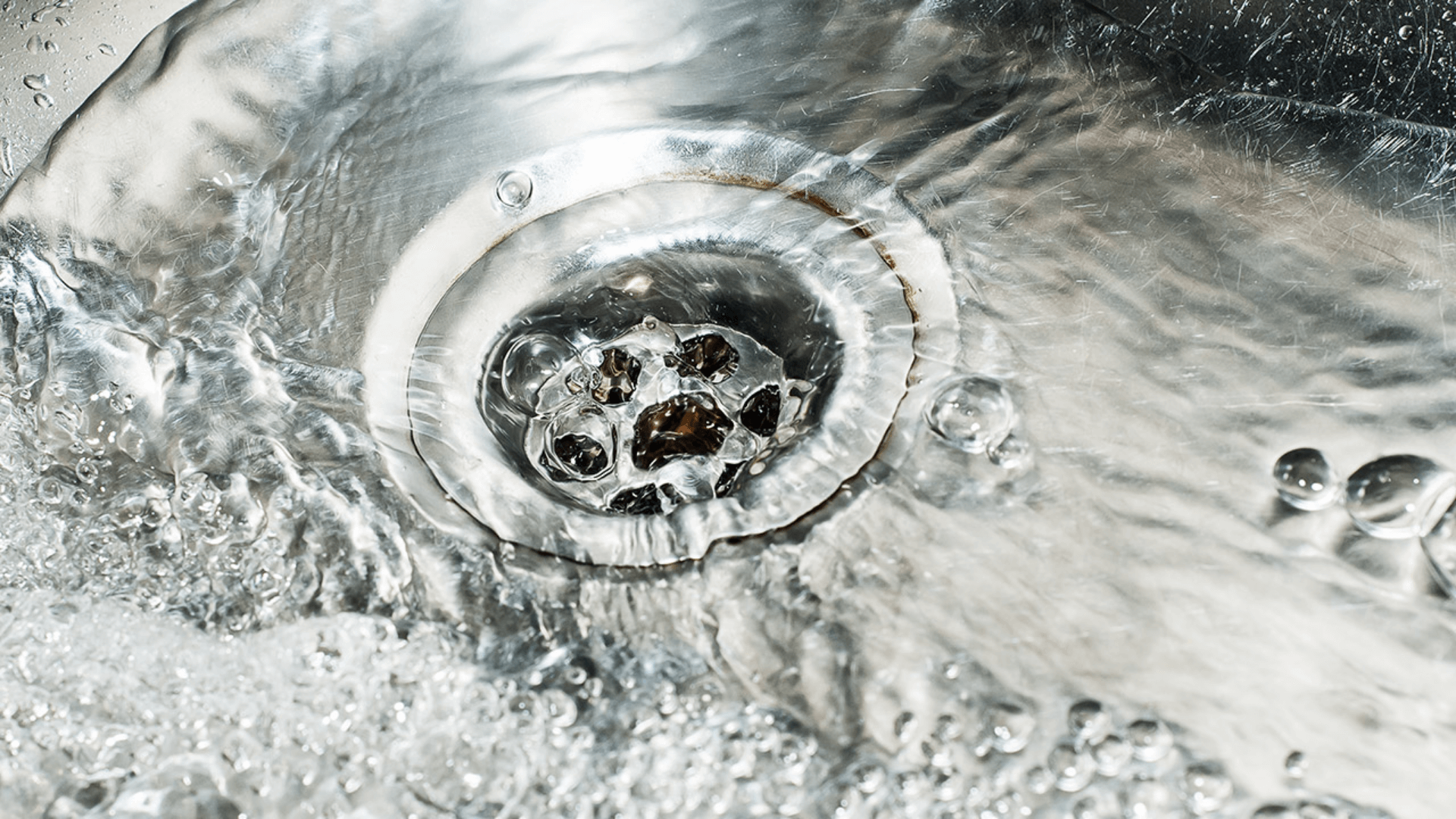
First of all, try to have a close look at the mould growth.
To eliminate the mould, you’ll need three readily available ingredients and a straightforward tool. Get some baking soda and white vinegar from the kitchen, boil some water, and grab an old toothbrush. Then, you’re ready to clean smelly drains.
Mix equal parts of normal water and baking soda to create a paste. When the paste becomes somewhat viscous and adopts a slightly thicker consistency, apply it to the stinky drain using a toothbrush. Once you’re happy with the application, sit it out for ten minutes before scrubbing the drain.
You must note that things can get ugly when the mould visibly grows around the drain. Keep scrubbing until the growth loosens and you are satisfied with the result.
Next, boil around ten quarts of water and let it cool off a little. If you have PVC (Poly Vinyl Chloride) drains, boiling water can damage them by melting, so we advise keeping the water at 145 to 150 degrees Celsius. This temperature range is ideal for killing mould.
Once the water is at an appropriate temperature, pour it down the drain slowly and steadily. Additionally, pour a cup of vinegar and half a cup of baking soda. This will likely kill the mould and rid your drains of the foul smell.
Minor drain blockages can often be cleared with ease using simple methods. You might already be familiar with the baking soda and vinegar trick. To locate the clog, you’ll need a drain brush, some baking soda, white distilled vinegar, and boiling water. These tools make the process straightforward.
First and foremost, remove the drain cover or grate using a screwdriver. If you have a push-and-pull drain, unscrew it by rotating it counterclockwise. Also, keep some boiled water handy ( five to ten quarts) and gently pour it down the drain.
The water will moisten the clog, and once that is done, pour a cup of distilled white vinegar into the smelly drain. Shove half a cup of baking soda immediately after the vinegar, and then you’ll have to wait for two hours before the next step.
After waiting, pour 2 litres of lukewarm water into the drain. All this was preparatory work, making the blockage susceptible before the cleaning.
The most important part is clearing the clog and removing the debris using a drain brush. Do it carefully and thoroughly, loosening and removing all the accumulated matter (the biofilm, as discussed earlier). You can also use a drain snake to help dislodge the blockage. However, we recommend not using heavy chemical drain cleaners.
The blockage will probably be cleared, and your drain will stop smelling. If the smell still doesn’t leave or comes back after a while, you’ll have to call a plumber. A professional can clear a blocked drain quickly while protecting your plumbing system.
The P-Trap uses a layer of water to keep the gases separate from the water supply in drains. If that water barrier dries up, your drains can gurgle and smell.
Flash a torch down your bathroom drain; if you can see water there, your drain hasn’t dried, and there is some other reason behind the smell. You’ll possibly have to call a professional for an inspection. But if the P-Trap has dried, no worries, we’ll tell you how to fix it.
Trust us; the process is straightforward. Pour one to two cups of water into your drain, wait for an hour, and check again.
If the water level stays intact, your problem has been solved. To slow water evaporation and moisten the curved pipe, add four ounces of cooking or mineral oil to the P-trap.
Hair trapping is a massive cause of drain clogging and foul odour. It might appear negligible initially, but the issue is much more prevalent than you think.
We have fine hair all over our bodies, which sheds and goes down the drain whenever we bathe or wash. All this hair can accumulate and cause big drainage problems.
Luckily, hair catchers are affordable and very easy to install. We suggest going for them instead of paying hefty plumbing fees.
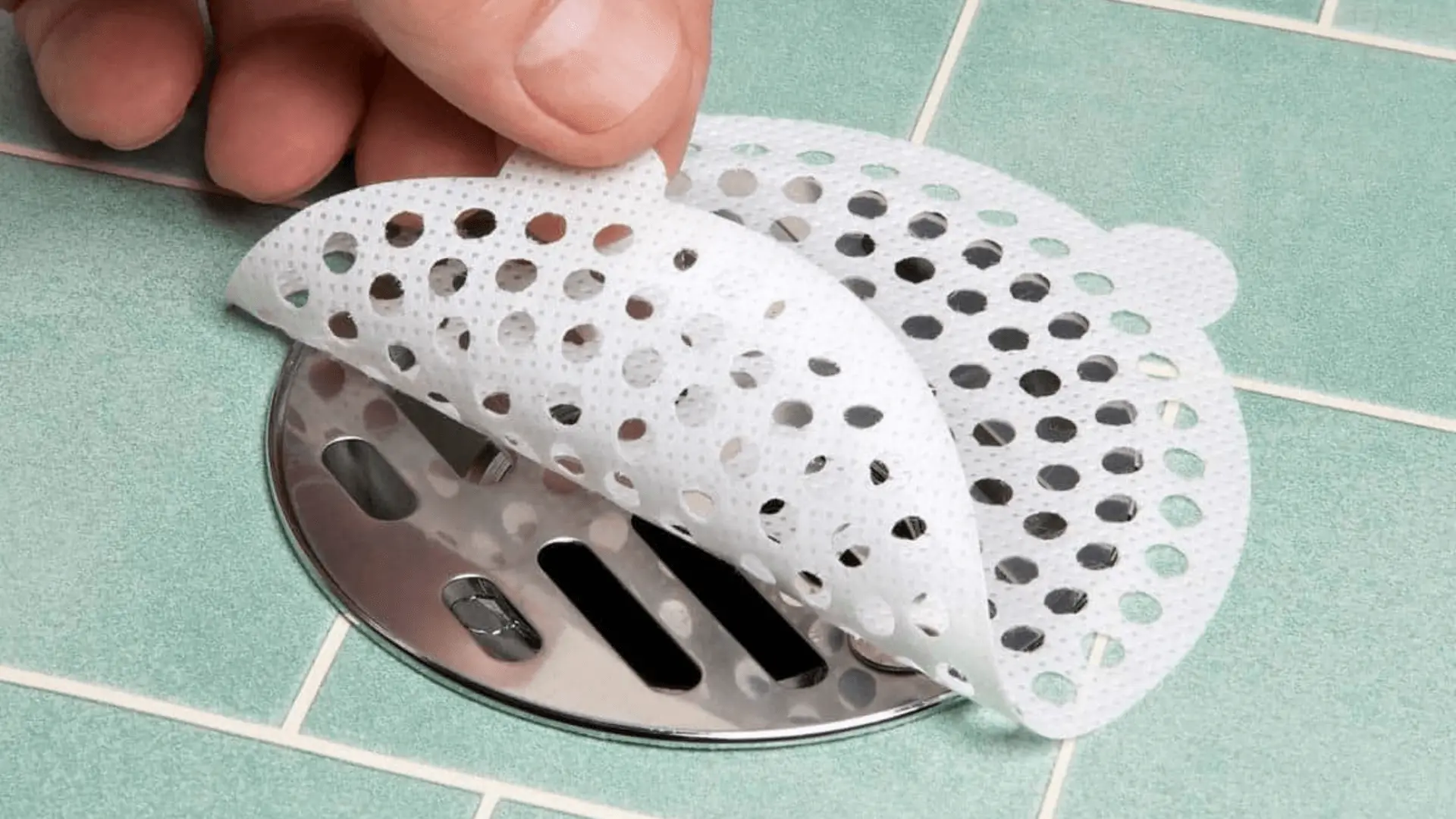
And that wraps up our guide on dealing with smelly drains. You should now understand why bathroom drains can stink and how to address the issue. These tips can do wonders for a smelly kitchen sink or garbage disposal too.
Before signing off, let’s review the gist of the matter again. Drains can be smelly because of mould, mildew, blockages, and sewer gases. However, you can fix these problems with some cleaning by using baking soda, white vinegar, and boiled water. If the problem persists, call our plumbing team in Melbourne.
We will be signing off on that note. Until next time! Take care and follow our steps to prevent smelly drains.
Are your stormwater drains troubling you? Keeping them free of debris and rubbish is vital. This guide outlines simple DIY tips for maintaining your stormwater drains.
Do you hear a gurgling sound coming from your household drains? Don’t worry, we have written this guide to help you identify what is causing that disturbing sound.
Can’t quite figure out how to clear a blocked drain on your own? Don’t worry. We have got you covered with some DIY tips and tricks to clear that stubborn clogged drain!
